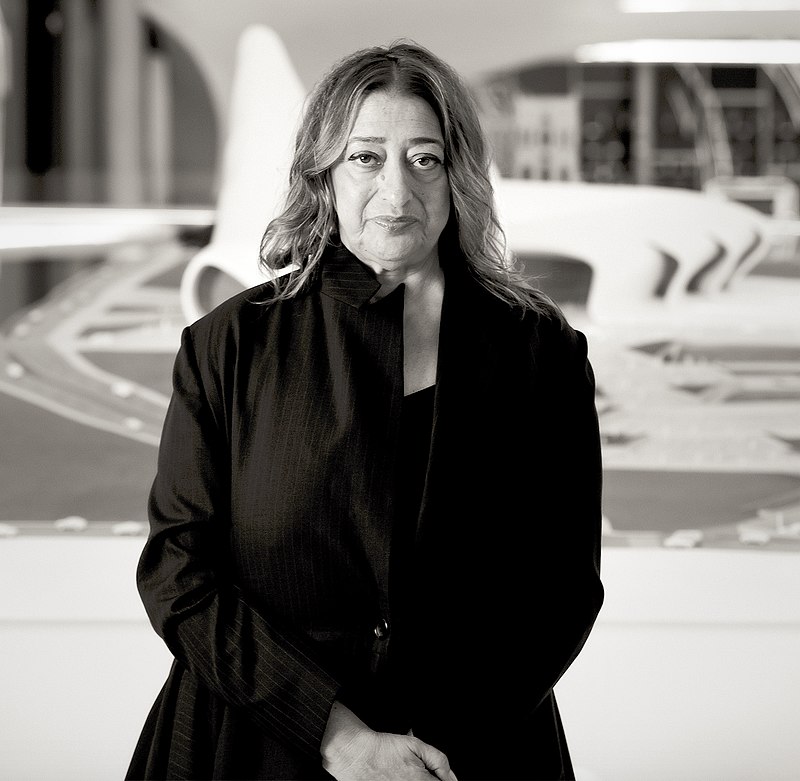Six Artistic Visionaries in Architecture
Interior design and architecture are fields that marry form, function, and artistic vision. Some of the most influential designers and architects throughout history have shaped the way we perceive and interact with our built environment. In this article, we delve into the philosophies of six of these visionaries, highlighting their unique perspectives and their lasting legacies.
Le Corbusier: Modernism and the Five Points of Architecture
Charles-Édouard Jeanneret, better known as Le Corbusier, was a pioneer of modern architecture. Born in 1887 in La Chaux-de-Fonds Switzerland, he went on to influence architectural design across the world. Le Corbusier was a proponent of modernism, a movement that sought to create buildings with minimal ornamentation and an emphasis on functionality.
Le Corbusier’s Five Points of Architecture, which he formulated in the 1920s, greatly influenced modern architectural thought. The five points are:
- Pilotis (columns): Raising buildings on columns to create a clear ground plane and allow for more open space.
- Free plan: Removing load-bearing walls to allow for flexible interior layouts.
- Free façade: Creating a non-structural, freely composed exterior.
- Ribbon windows: Long horizontal windows that provide even lighting and a sense of openness.
- Roof gardens: Utilizing flat roofs as functional outdoor spaces to compensate for the green area used by the building.
Frank Lloyd Wright: Organic Architecture

Frank Lloyd Wright was an American architect whose work spanned more than seven decades. He is best known for his concept of organic architecture, which emphasizes the harmony between a building and its environment. Wright believed that architecture should be an extension of nature, with designs that integrate seamlessly into their surroundings and use materials native to the region.
Wright’s most famous work, “Fallingwater,” is the epitome of organic architecture. The house was built over a waterfall and blends perfectly with its natural setting. The cantilevered design, extensive use of glass, and natural materials create a sense of unity between the interior and exterior, blurring the line between architecture and nature.
Mies van der Rohe: “Less is More”
German-American architect Ludwig Mies van der Rohe played a significant role in the development of modernist architecture. He was known for his minimalist approach as he focused on simplicity and functionality in his designs. His famous mantra, “Less is more,” encapsulates this philosophy.
Van der Rohe’s designs are characterized by their clean lines, open spaces, and use of modern materials, such as glass and steel. The Farnsworth House, one of his most iconic works, exemplifies this approach. With its open floor plan and floor-to-ceiling windows, the house emphasizes a sense of transparency and a connection to the outdoors.
Zaha Hadid: Deconstructivism and Fluidity

Iraqi-British architect Zaha Hadid was a trailblazer in the world of architecture. She was the first woman to win the prestigious Pritzker Architecture Prize and became known for her bold, futuristic designs. Hadid’s work is characterized by its deconstructivist approach, in which architectural elements are broken down and reassembled to create new, dynamic forms.
Many of Hadid’s designs feature fluid lines and dramatic curves, thus defying traditional notions of geometry and structure. The Heydar Aliyev Center in Baku, Azerbaijan, is a prime example of her unique style. With its undulating façade creating a sense of movement and fluidity, the building challenges conventional architectural norms.
Kelly Wearstler: Eclectic and Sensory Interior Design

Kelly Wearstler is an American interior designer known for her bold, eclectic style. Her work is characterized by diverse materials, textures, and patterns, which create sensory-rich environments that blend vintage and contemporary elements.
Wearstler’s design philosophy focuses on creating spaces that evoke emotion and tell a story. She believes in the power of design to transform lives, and her projects often reflect her clients’ personalities and lifestyles. Wearstler’s portfolio includes a range of high-profile projects, from luxury hotels with glamorous interiors to high-end private homes.
Peter Zumthor: Atmosphere and Materiality
Swiss architect Peter Zumthor is renowned for his minimalist, yet evocative designs. His work is characterized by a strong emphasis on materiality and the creation of atmospheric spaces. Zumthor believes that architecture should engage all the senses and create an emotional connection with its inhabitants.
One of Zumthor’s most celebrated projects is the Therme Vals, a hotel and spa located in Switzerland’s Graubünden Canton. Built over natural hot springs, features a series of interconnected spaces with varying light, temperature, and material qualities. The use of locally quarried stone and careful attention to detail create a unique sensory experience that invites contemplation and relaxation.
Incomparable Influence
From the modernism of Le Corbusier to the emotional connections of Zumthor, the philosophies of noted interior designers and architects have shaped the way we view and experience the built environment. Their unique perspectives on form, function, and the role of design in our lives continue to inspire architects and designers worldwide. By studying their work and understanding their philosophies, we can gain valuable insights into creating spaces that are not only aesthetically pleasing but also meaningful and transformative. Consider these visionaries when you think of planning your next kitchen remodel, range hood, copper sink or custom copper table.
Sources
- https://www.kellywearstler.com/about-kelly-wearstler
- https://www.architecturaldigest.com/story/kelly-wearstler-ad100
- https://www.archdaily.com/13358/therme-vals-peter-zumthor
